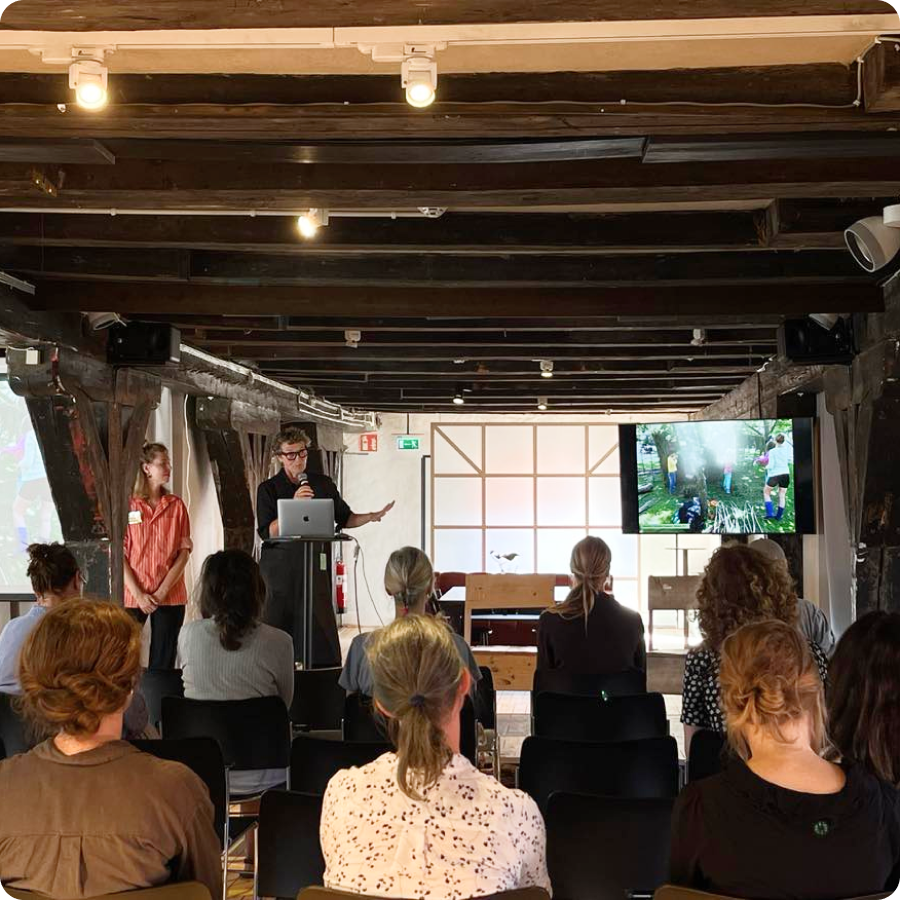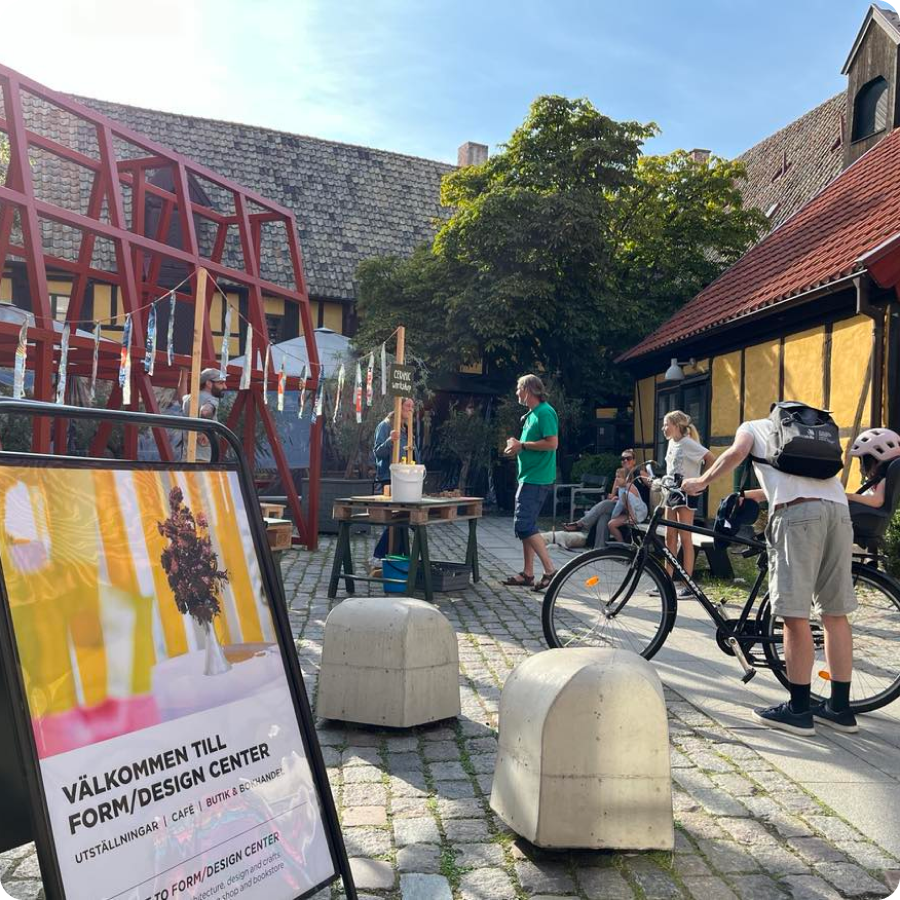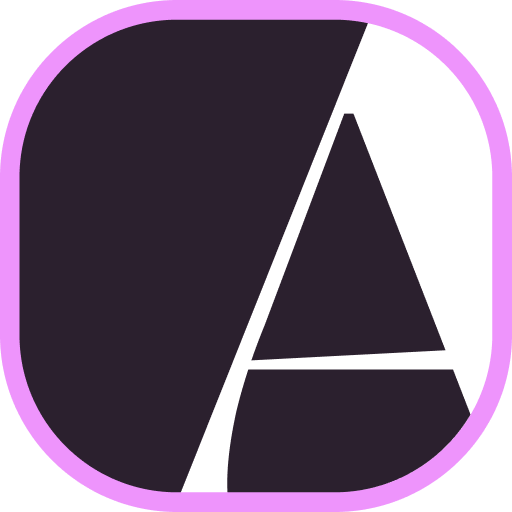Lek i staden - Promoting Play and Recovery by Artistic Methods
MY ROLE
Research Assistant
Documentation (Foto & Video)
Creation of diverse graphic materials
Transcription of interviews
Concept Video on Learnings
COLLABORATORS
Local Artists
Urban Planners
Community Members
Röhsska Museum
Form Design Center
Not Quite Fengersfors
DELIVERABLES
Co-creation Workshops
Method Tour Events
Urban Space Prototypes
Concept Video on Learnings
YEAR
2024
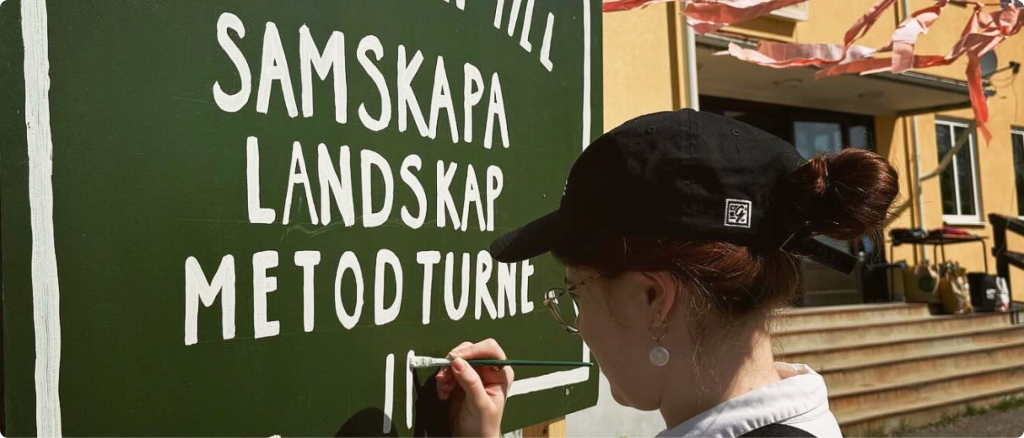
MY CONTRIBUTION
As a Research Assistant, I contributed to the project by documenting through photography and video. I also created a concept video summarizing the project’s learnings for the researcher. Additionally, I actively participated in co-creation workshops, developing graphic materials that communicated the project’s artistic vision, making the designs more accessible to the community. Beyond my primary responsibilities, I supported exhibition management and provided input on structure and (on-the-spot) ideas and solutions.
THE PROBLEM
Many cities prioritize functionality over creativity and playfulness in urban spaces, leading to public areas that are underutilized and lack emotional or social engagement. This often results in sterile environments that don’t foster recovery, social interaction, or community connection, particularly for children, the elderly, and marginalized groups. This disconnect between urban design and human needs often leads to sterile, impersonal spaces that fail to promote engagement or a sense of belonging.
SOLUTION
We used artistic methods and community-led design to transform public spaces into vibrant, inclusive areas that promote play, recovery, and connection. By engaging communities in co-creation workshops, we ensured the designs reflected local needs and fostered ownership. This approach showed how art can make urban spaces both functional and emotionally engaging, strengthening community bonds.
THE WHY
Lek i Staden” was needed to address the lack of playful, inclusive urban spaces that foster interaction and recovery across all ages. Modern urban design often overlooks emotional and social well-being, and this project used artistic methods to transform underutilized spaces into vibrant, engaging environments. By involving the community in the design process, it fostered ownership and pride, while also promoting sustainable urban development. Ultimately, the project showcased how art and community-led design can create more inclusive, sustainable, and socially connected urban spaces.
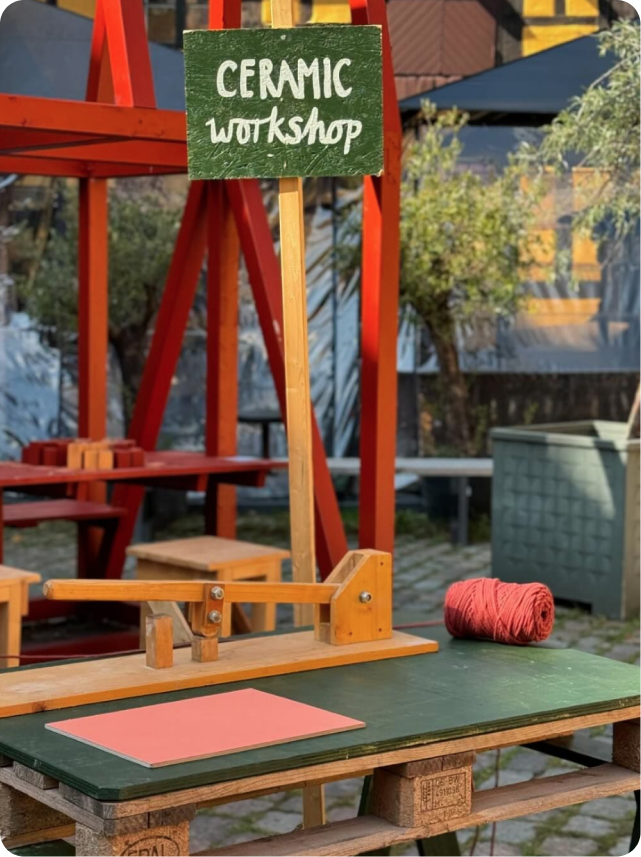
THE HOW
Research and Development: The project used research-driven methods, including fieldwork, co-creation sessions, and prototypes, to explore how artistic methods can transform urban spaces for play and recovery. These approaches ensured that the designs were inclusive, sustainable, and responsive to community needs. My contribution involved documenting the research process through photography and video to capture key insights and progress.
Co-Creation and Prototyping:
We organized workshops where community members actively participated in the design process, contributing to the creation of test prototypes—urban play installations that reflected the community’s needs. This hands-on method fostered ownership and ensured that the designs were practical and grounded in real-world feedback. I helped facilitate these workshops, create the materials and documented the development of prototypes to capture the evolution of ideas.
The Method Tour shared our findings through presentations, discussions, and interactive exhibitions, expanding the project’s reach and facilitating knowledge exchange. We also conducted Artistic Interventions—workshops using materials like clay, wood, and ceramics—to inspire creative urban space designs and connect the community emotionally with their environment. I documented these events, created graphic materials, and edited the concept video capturing key outcomes.
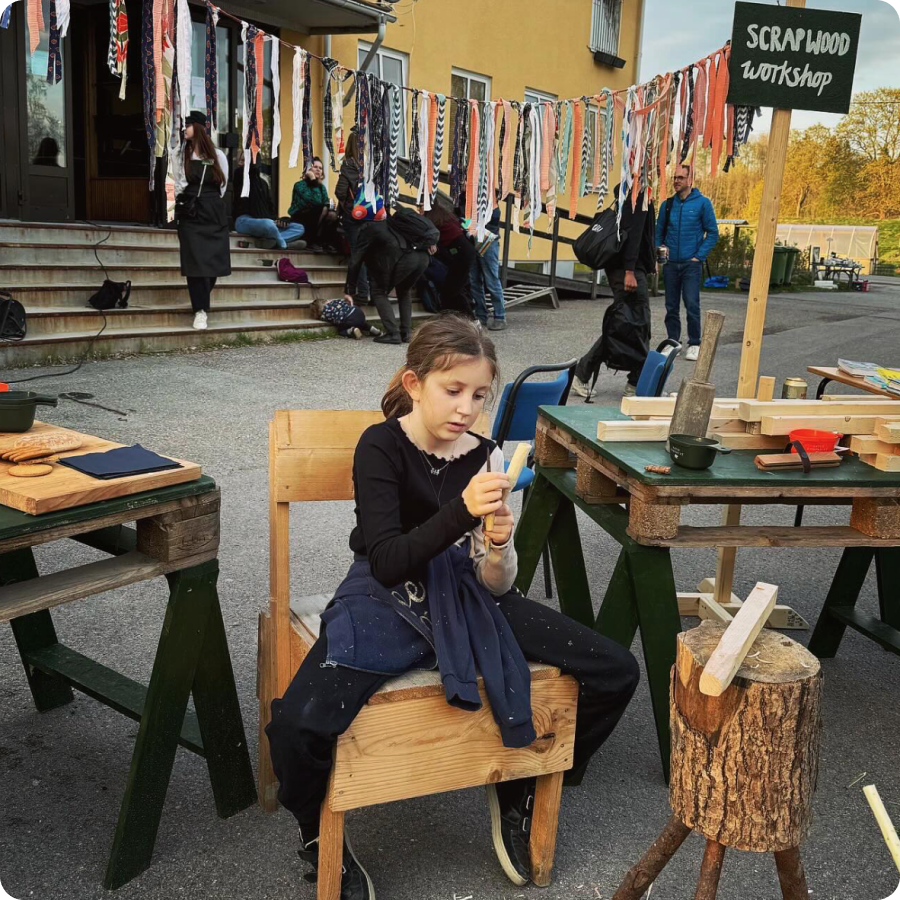
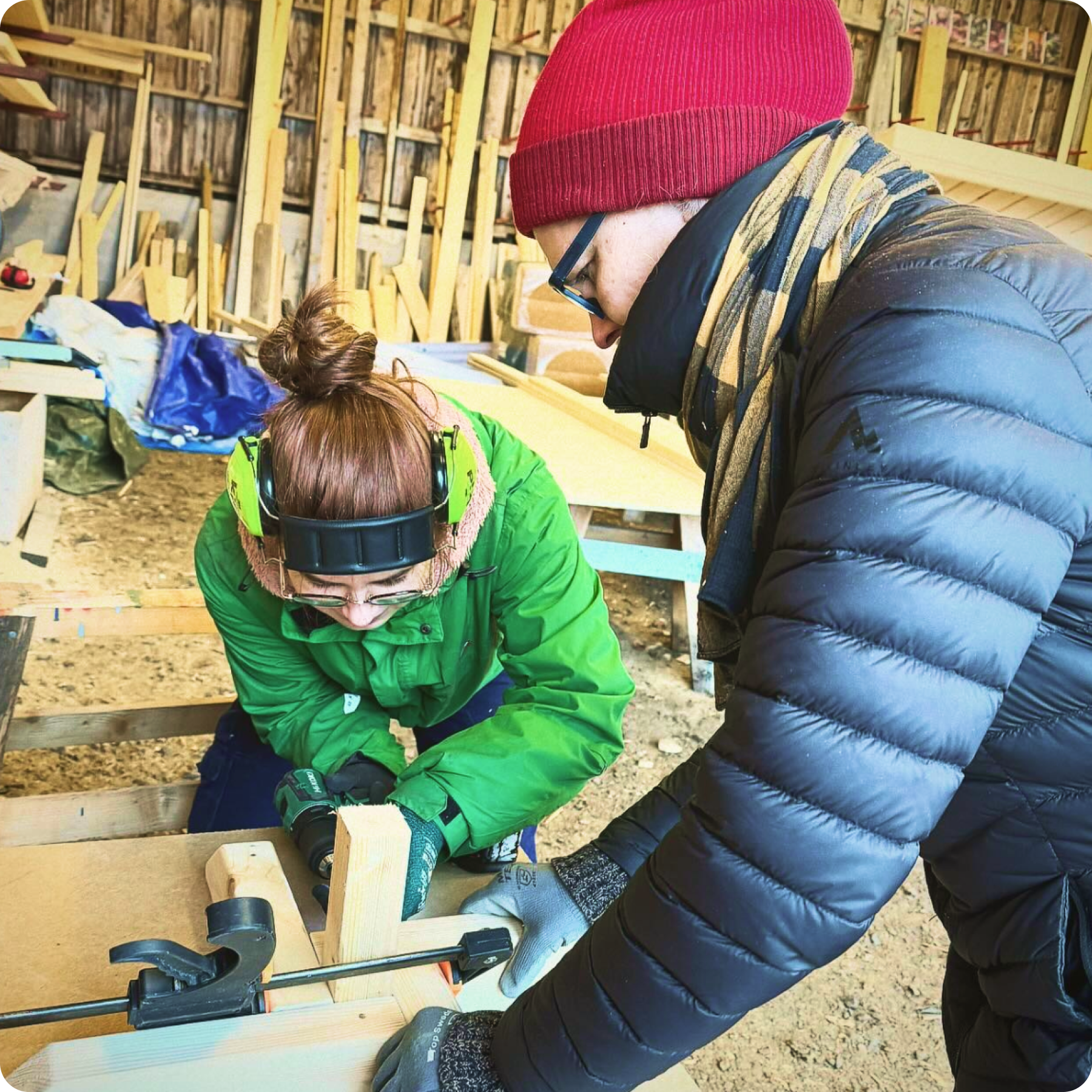
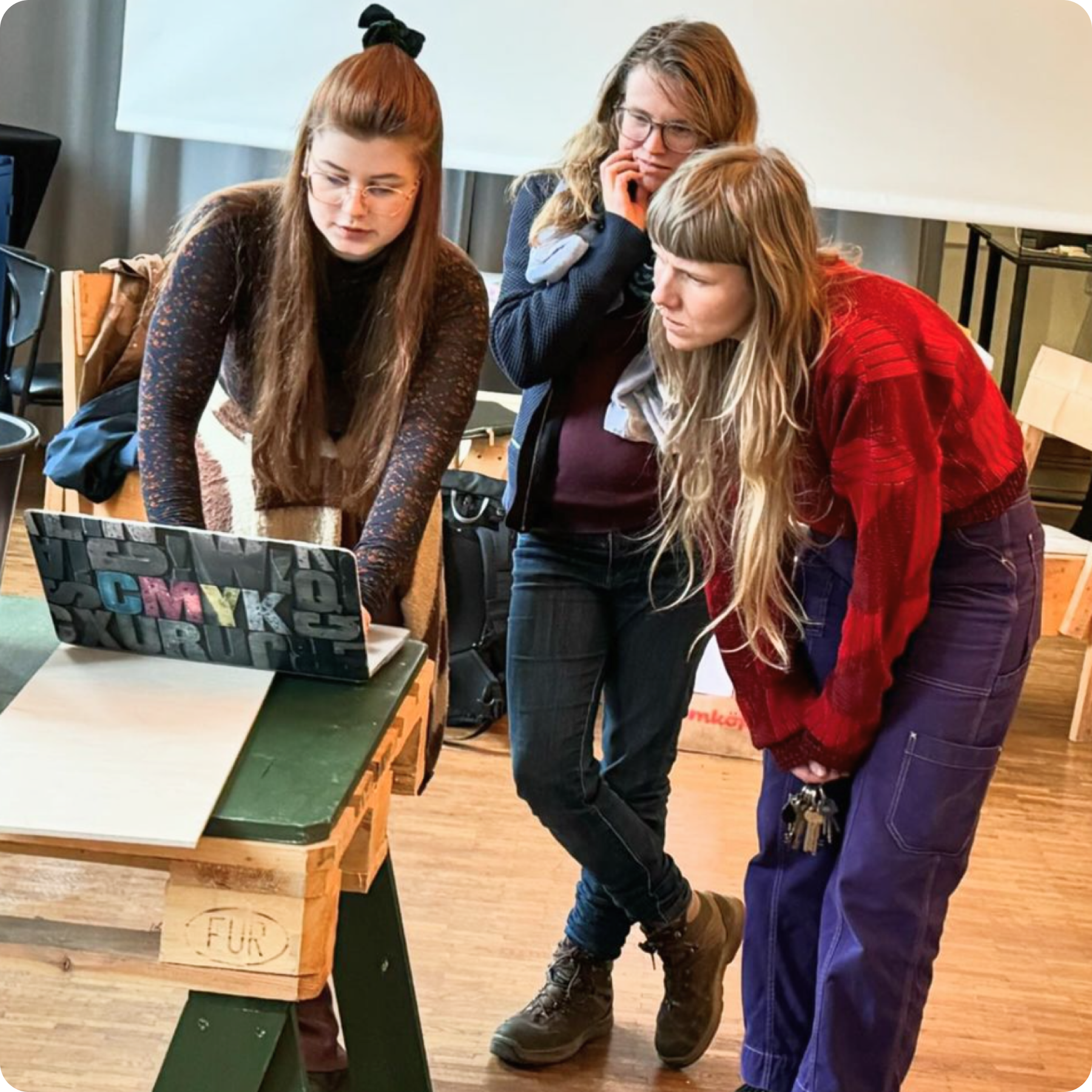
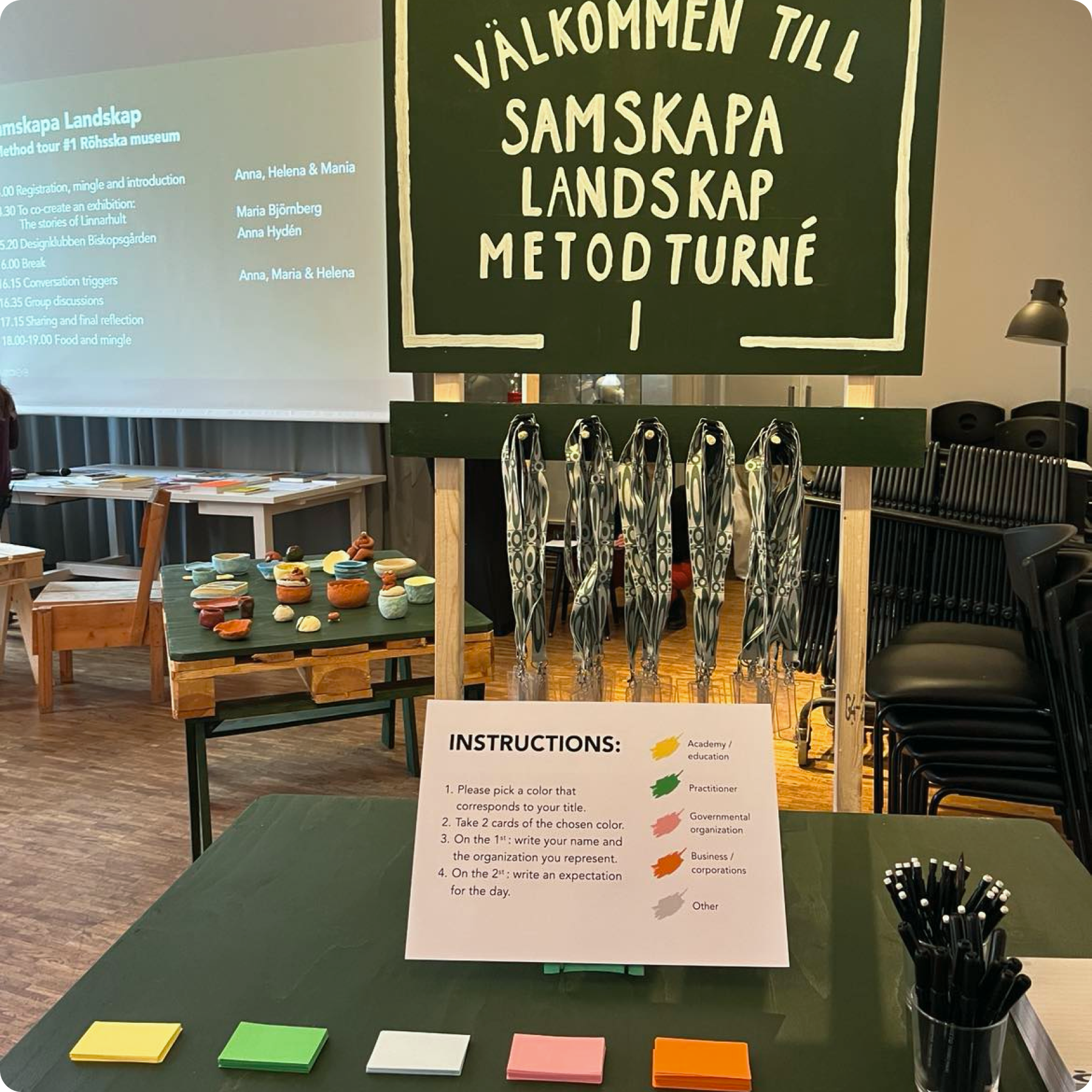
COLLABORATORS
Local artists, urban planners, and community members were integral to shaping the project’s design and ensuring it was functional, sustainable, and inclusive. I worked closely with them, documenting their contributions and creating graphic materials to communicate the project’s vision. Our key partners included the Röhsska Museum, which hosted the interactive exhibition and facilitated discussions on urban play, the Form Design Center, where we showcased our impact on sustainable urban development, and Not Quite Fengersfors, which supported collaborative efforts that demonstrated the applications of our findings.
PROJECT IMPACT
The project enhanced community engagement by empowering residents to shape their urban spaces, fostering ownership and pride. By integrating artistic methods into urban planning, it set a new standard for sustainable development and influenced regional policies. I learned how to be autonomous in my work and the value of collaboration with diverse stakeholders, as well as how community engagement drives the success of urban design. This experience also helped me build strong networks for future collaborations while deepening my understanding of balancing creativity with practical urban planning.
